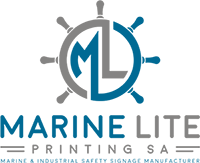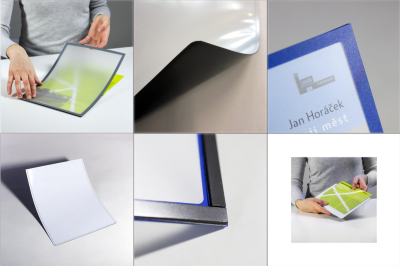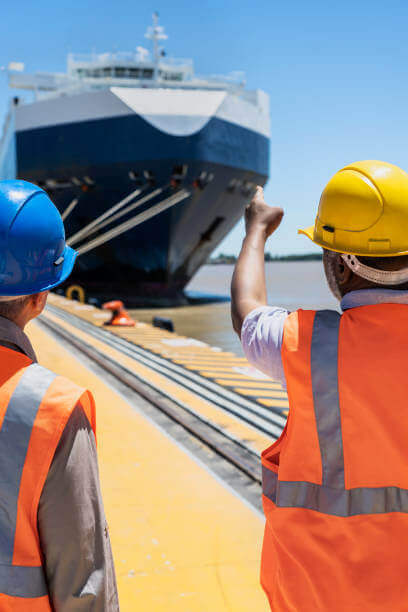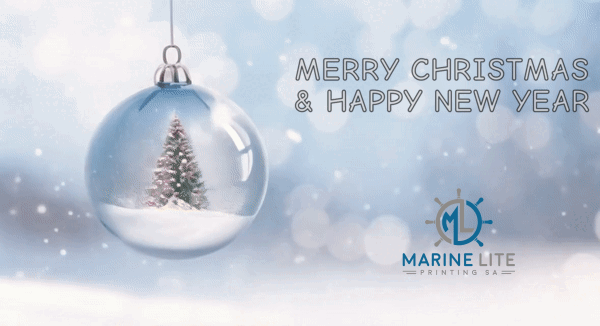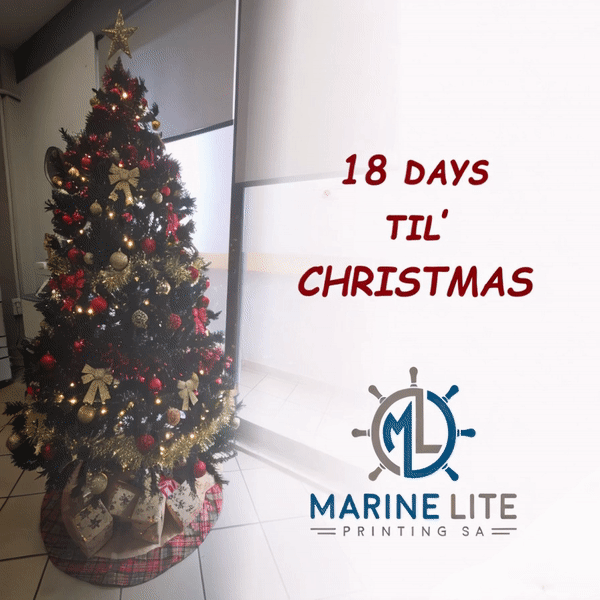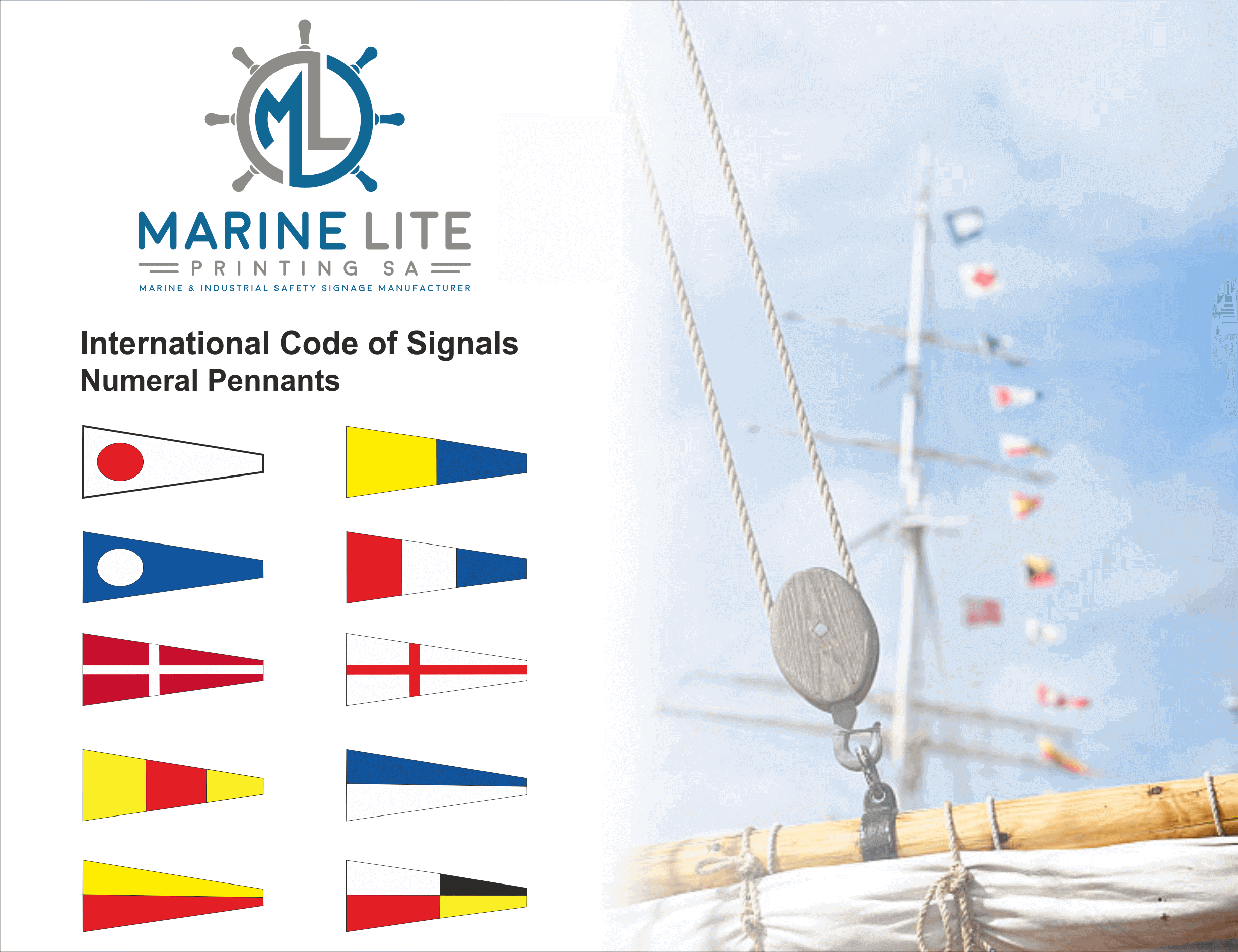We're #hiring new Picking & Packing staff. Apply today or share this post with your network.
Employment Type
Full-time
Company Description
Marine Lite Printing SA is a marine industry supplier of safety aboard signs and safety posters, located in a state of the art facility in Kamina / Piraeus. The company was established in 2005 and offers one of the fastest and most complete services for the supply of all types of Marine Signage and Safety Posters.
Role Description
This is a full-time on-site role for Picking & Packing staff. The role will involve preparing orders for daily/weekly shipments, picking items accurately, and packing items in a way that ensures their safe delivery. The staff is also responsible for keeping the warehouse clean and organized, handling incoming and outgoing deliveries, and counting inventory stock.
Qualifications
- Experience of 1-2 years in a Picking & Packing role
- Detail-oriented and able to work in a fast-paced environment
- Experience with warehouse equipment.
- Ability to learn quickly and work independently or as part of a team
